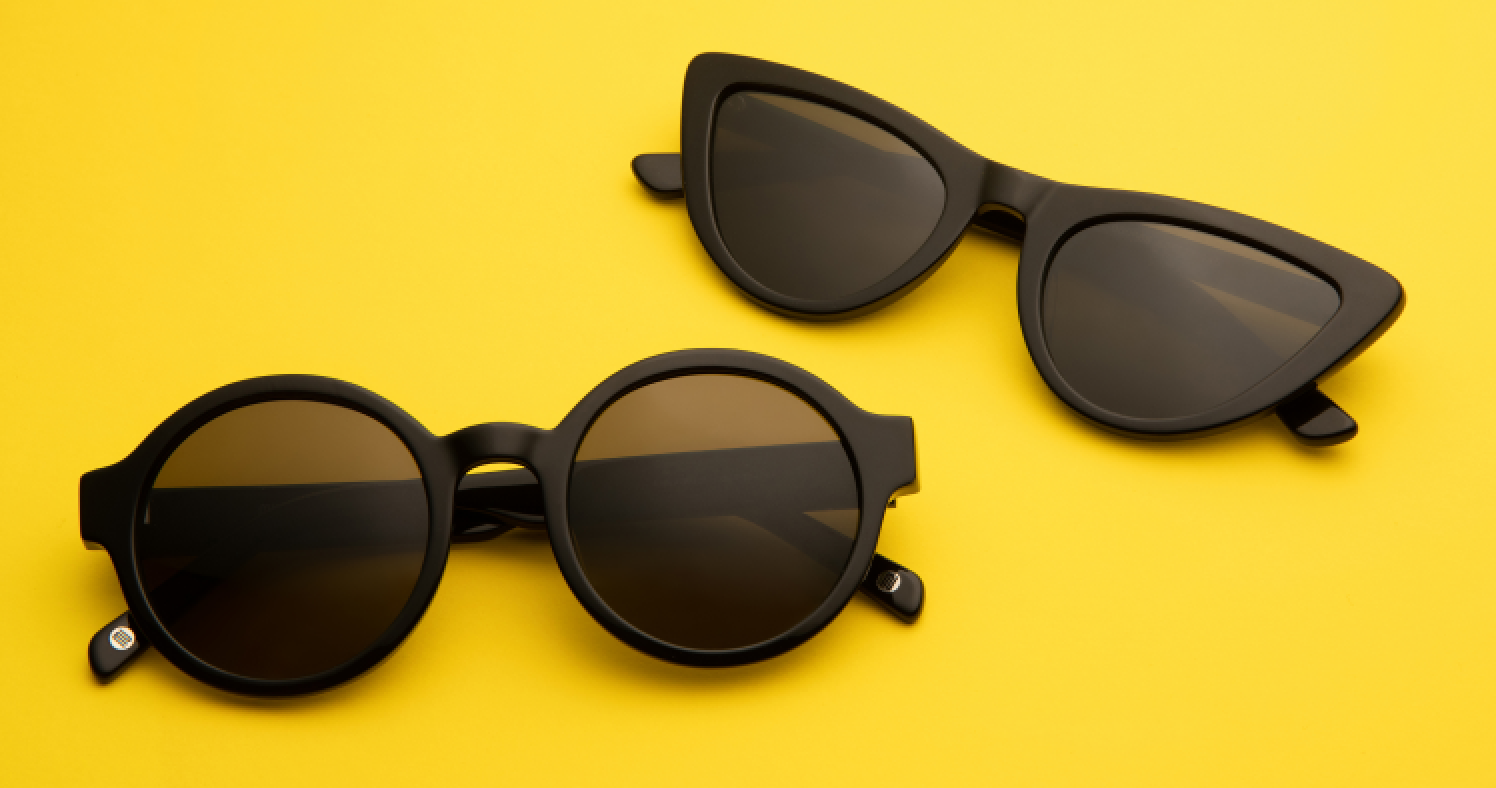How glasses are made
Updated JAN 26, 2023 • 4 min read
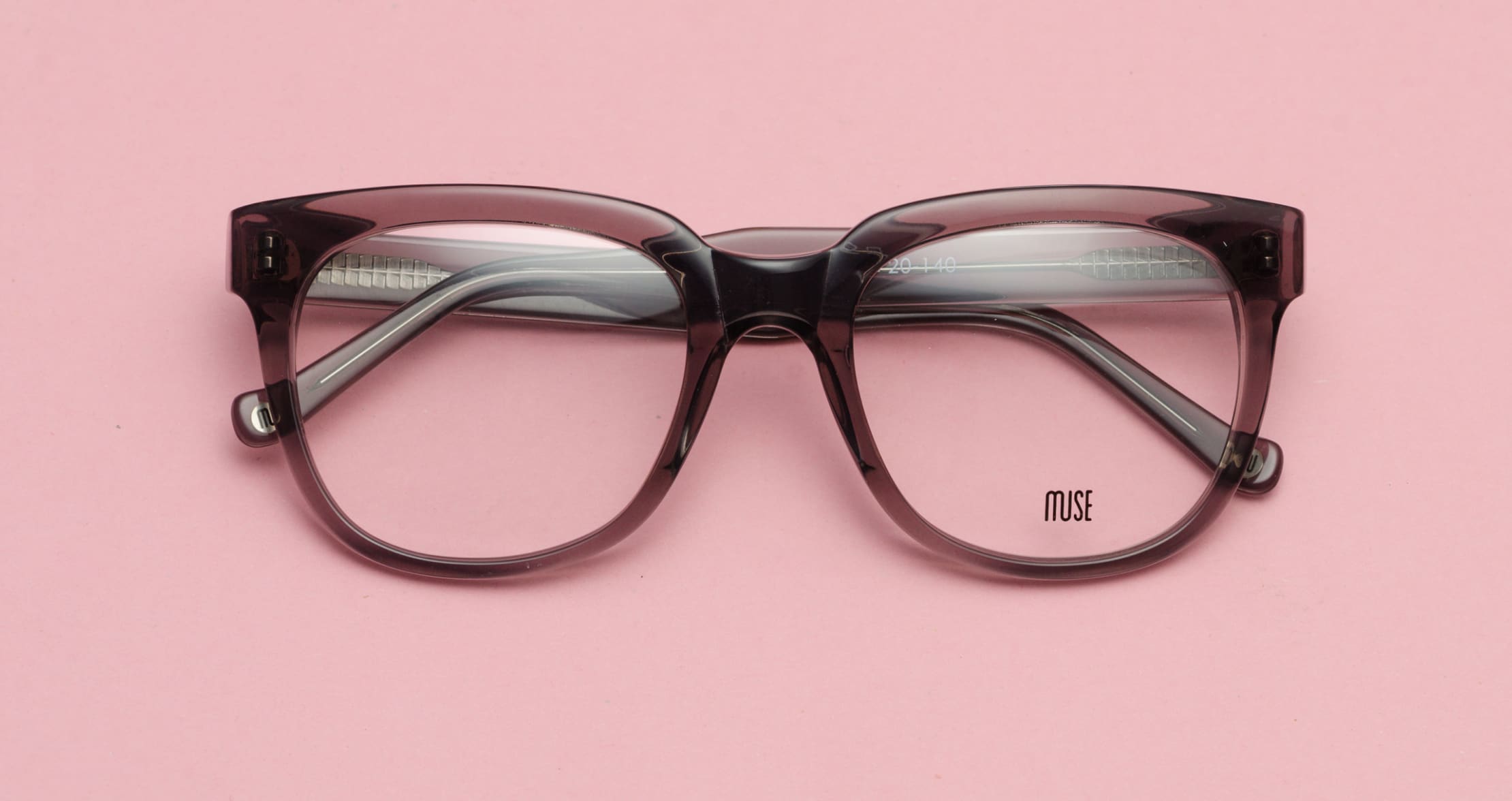
Did you ever find yourself wondering how eyeglasses are made? After all, you wear them on our face for almost all of your waking hours, but most of us haven’t given much thought to how glasses are made.
We thought you might enjoy knowing how those gorgeous titanium or acetate frames are crafted, along with a bit of history and the invention of eyeglasses.
Jump to content
The invention of eyeglasses
According to Encyclopedia.com, which has loads of interesting information about eyeglasses, the oldest lens — which was made of polished rock crystal — was found in the ruins of ancient Nineveh, an ancient Assyrian city of Upper Mesopotamia.
Fast forward a bit to Ancient Rome, where it was believed that the philosopher Seneca used some sort of glass globe filled with water to magnify the words he was reading and was then able to “read all the books in Rome.”
We kind of picture Seneca wearing a bold pair of eyeglasses like these round glasses.
It took a while for people to realize that glasses worn closer to their eye and directly on the face would be the best way to achieve better vision. In medieval Europe (around the 15th century), probably coinciding with the invention of the Gutenberg printing press, the first eyeglasses worn on the face were created.
And here’s a fun bit of history: Murano, the Venetian suburb of Venice has long been known for glassblowing and some of the earliest eyeglasses lenses were ground in Murano.
Another fun fact: The earliest eyeglasses were called “reading stones” or glass discs for the eyes.
Over the next few centuries the design of eyeglasses changed and evolved from including bits of leather and metal affixing a lens to the face, and with that, the purpose of eyeglasses changed. From something worn by the elderly, to an accessory of the upper class.
How modern glasses are made
These days, lenses for glasses are being made using a production technique called freeform technology. The technology itself has been around for several decades, but it became prevalent in eyewear production during the early ‘90s.
There are also two main types of lenses made: Off the shelf stock glasses which are used for things like reading glasses or less complicated prescriptions.
The other types of lenses are more individualized precision lenses, usually for stronger single-vision prescriptions or progressives.
So how are eyeglasses frames made?
According to glasseshistory.com, “More than 80 percent of all eyeglasses worn today are most often made of plastic lenses.” Prior to the 1950s, lenses were made of glass. As lenses became lighter, it was possible to make lighter frames as well. Madehow.com, which explains how products are made, breaks down the somewhat complicated way eyeglasses are made.
First off, eyeglasses designers create the style.
Next up, a die (or pattern) is created out of steel and fitted to something called a blanking machine which actually punches the design out of sheets of acetate.
The punched out area may then be heated in special ovens to soften the plastic.
Grooves are then cut into the frame to allow for aluminum or other parts to be inserted.
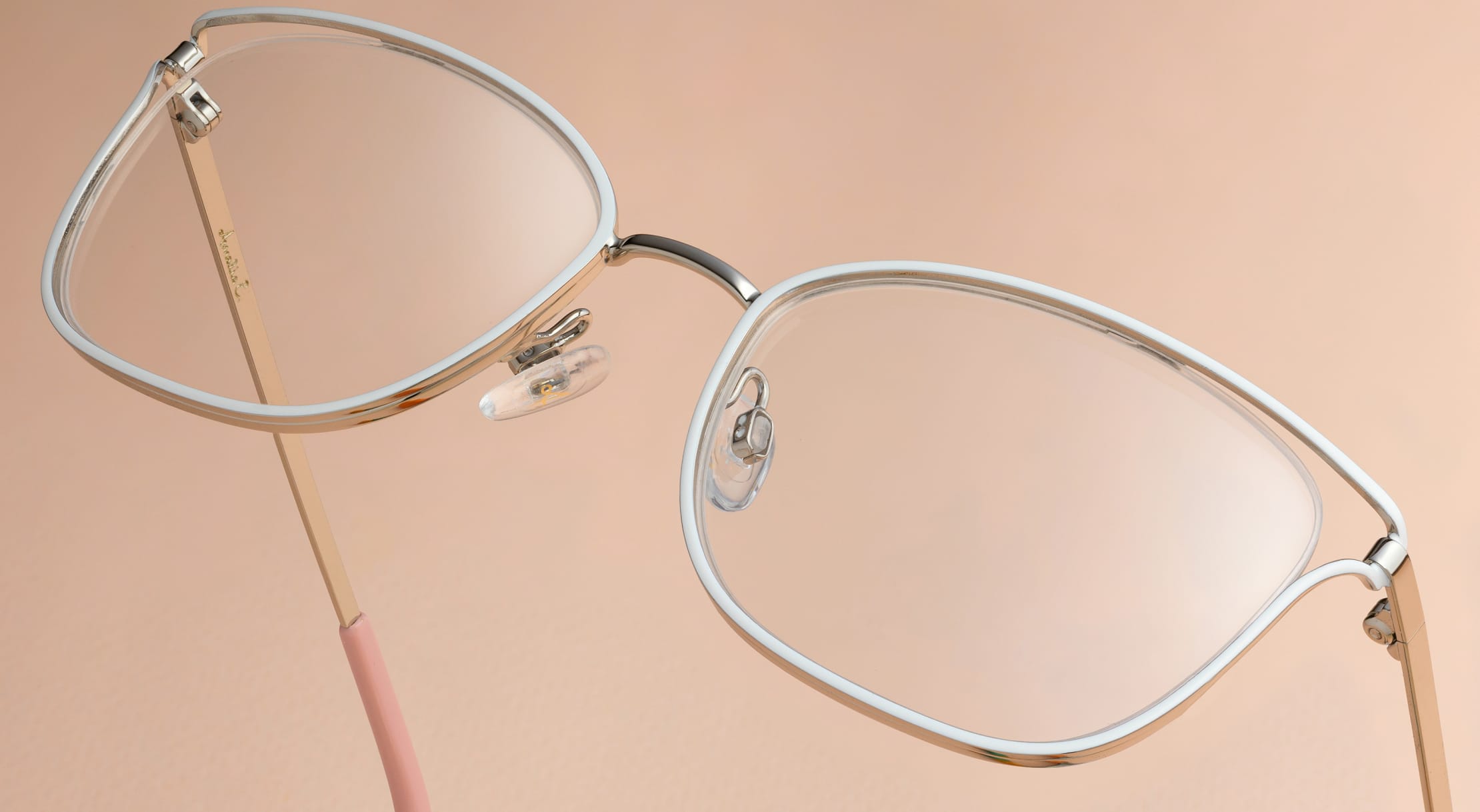
Then comes the smoothing process where all rough edges are removed, and even the tiny bits close to the nose are buffed.
At that point, all the little extra parts are added; from nose pads to the little screws, and everything is glued in place.
The temples (or parts that are worn on your ears) are created in much the same way.
Believe it or not, there isn’t all that much waste in the eyeglasses making process, since the parts that aren’t used are recycled and made into new frames.
Check out our eco-conscious line of eyeglasses and sunglasses made from ethically sourced materials. We include fun and creative materials to craft this line including hemp, coffee, wood, recycled fishing nets from the sea, upcycled plastic or bio-based resin to help reduce our carbon footprint.
Published July 11, 2022|Updated January 26, 2023

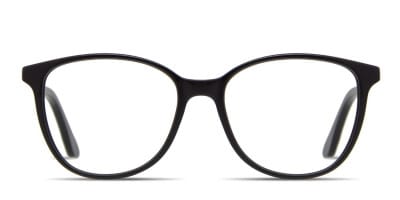 Oversized
Oversized
 Aviator
Aviator
 Wayfarer
Wayfarer
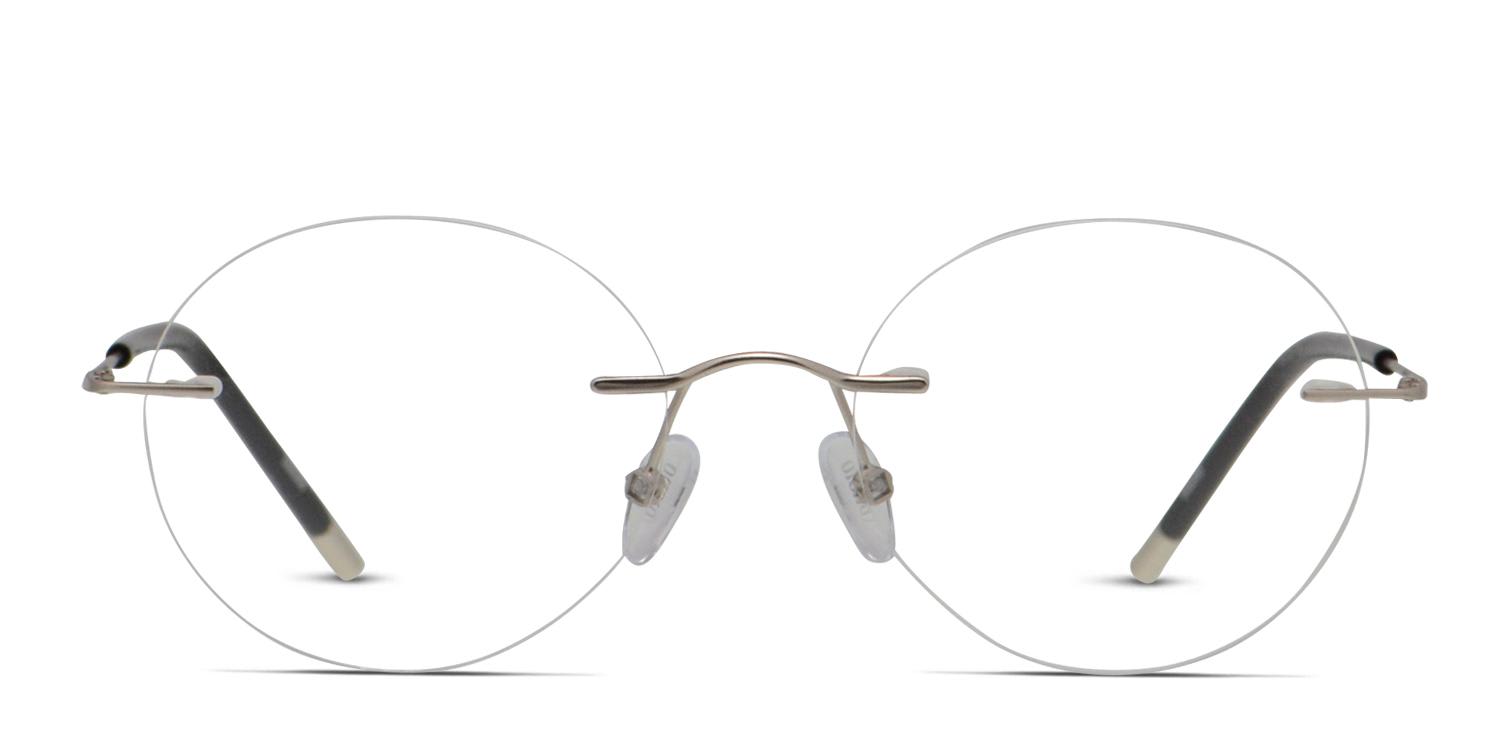 Rimless
Rimless
 Cat Eye
Cat Eye
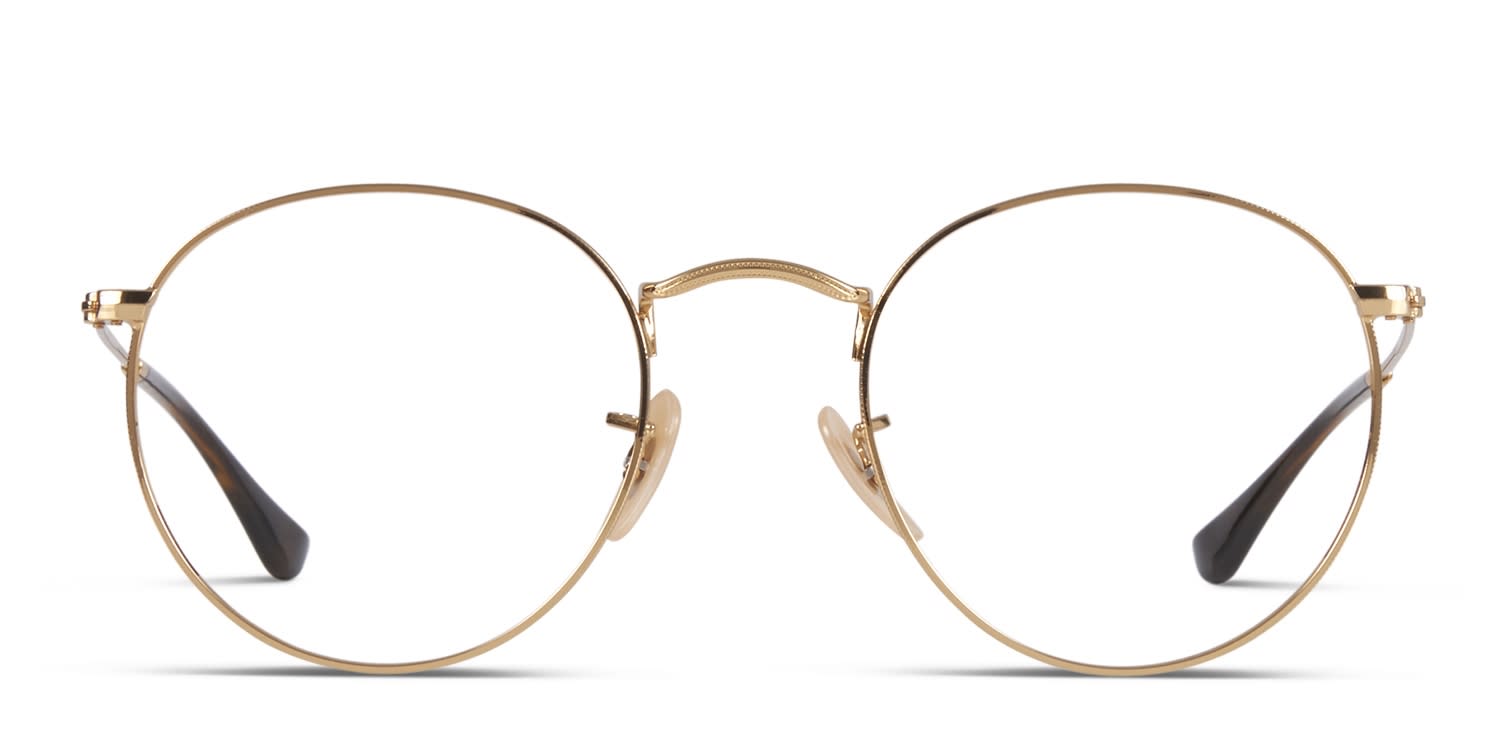 Round
Round


